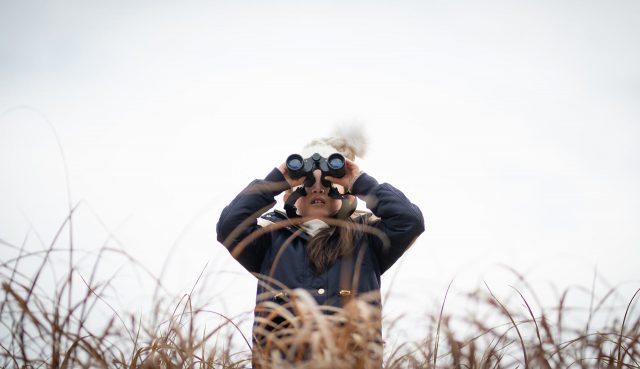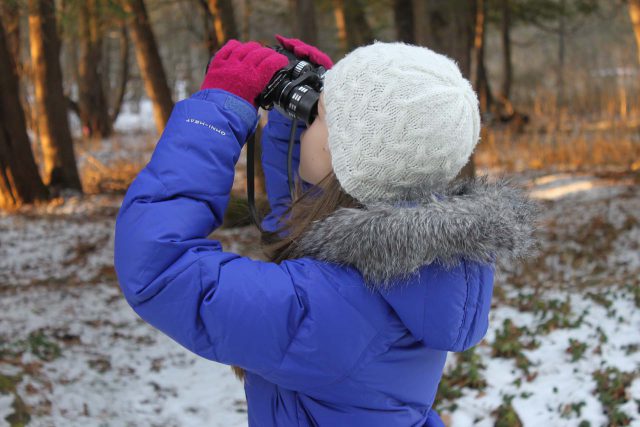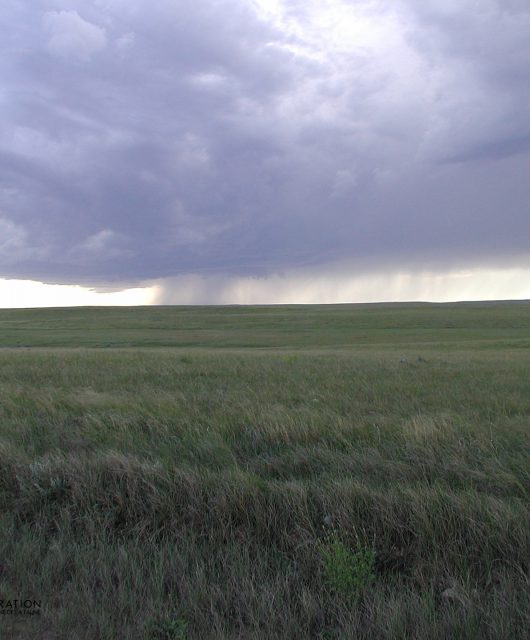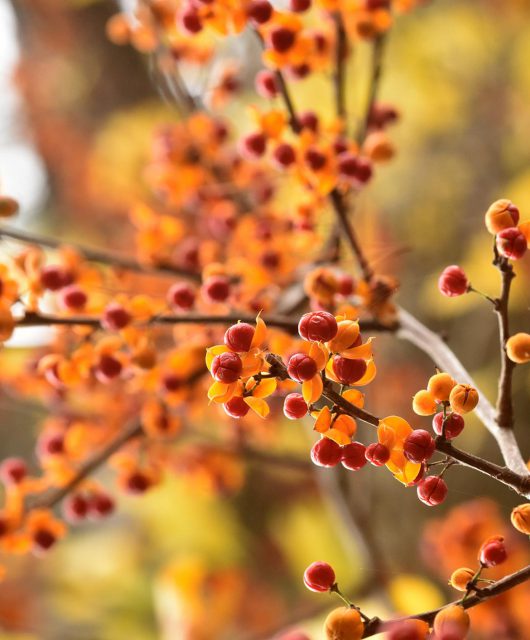This winter, join a bird count and have fun discovering the birds in your area in a way that also helps scientists and conservation efforts.
This can be especially rewarding when you are able to include any children in your life, whether they are students, friends or family.
A bird count is noting all the birds you see in a certain area in a specific time frame, usually over the course of a few days. The benefits of bird counts are far reaching. Not only do participants enjoy getting out into nature and seeing our winter birds but often you can do it while meeting like-minded people in your community.
The information gathered is used in many important ways. And it’s just another great reason to get outside and enjoy fresh air and whatever nature surrounds you. They also have some flexibility in terms of observing in the field such as your local park or nature trail or your backyard and home bird feeder, allowing a greater range of ages and abilities to join in.
The data on its own, and when merged with other surveys such as the summer Breeding Bird Survey, helps researchers monitor the status of bird populations and patterns. This in turn leads to understanding how factors like weather, diseases and human activity are influencing our feathered friends.
But it goes further. The information is used in many high-level reports and has helped identify threats to both birds and their habitat. This has led to adding birds to the Species at Risk Act lists, such as the Western Screech Owl and Newfoundland Red Crossbill. Conservation efforts for many bird species are thanks to these Citizen Scientist activities.
So, no matter your age, expertise or abilities, all are welcome. Here are the main bird counts that run in Canada and how you can get involved.
The Christmas Bird Count

The Christmas Bird Count (CBC) was started in 1900 by Frank Chapman, an ornithologist with the American Museum of Natural History. Concerned with declining bird populations, he organized the “Christmas Bird Census”. The hope was to help shift the tide from a hunting competition called “Side Hunt” where people competed to kill the most birds and other animals, to a conservation-oriented activity instead. The event in each location being surveyed was called a ‘count’ and the challenge was to note as many birds as they could find on Christmas day.
What started with 25 counts by 27 people has grown significantly and now involves much of the western hemisphere. It is run by the Audubon Society, with Birds Canada overseeing the Canadian counts. In 2024, there were 2,677 counts (with 470 in Canada) with more than 83,000 counters —from Alaska in the north down to Argentina in the south!
Counts take place one day each year between December 14 and January 5 and are typically organized by local groups such as field naturalist clubs. The area being surveyed —a 24 kilometre diameter circle — is divided up and assigned for observations, although individual efforts are also welcome. At the end of the day, the lists are given to organizers to submit for analysis.
There is also a Christmas Bird Count for Kids (CBC4Kids). Started in 2007, these counts can be organized by community groups, naturalist clubs or schools.
Great Backyard Bird Count

You can work as an individual or with family and friends and lists made are given directly to GBBC.
And you don’t have to stick to backyards. You can create a separate list for a local park or school, too!
If you want to go further, consider Project NestWatch, Bird Blitz at Home, Schoolyard Bird Blitz and our very own Great Canadian Bioblitz, which all take place in warmer times of the year.





